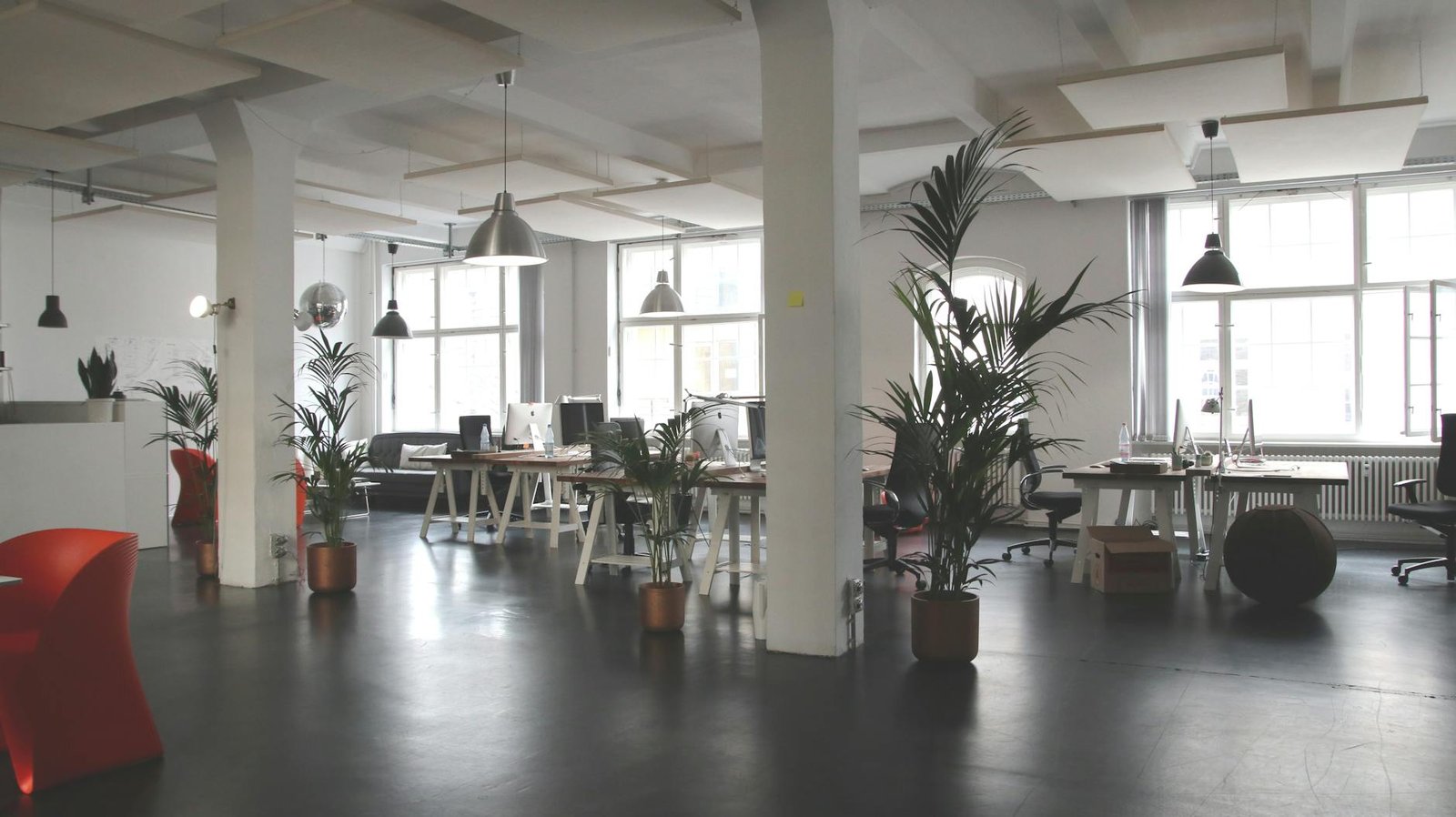Modern offices are increasingly being designed as open-plan spaces. This layout promotes communication and team integration, but it also creates acoustic challenges. Noise from conversations, equipment sounds, and echoes in large spaces can significantly reduce concentration and work comfort. Good office acoustics are no longer a luxury, but a necessity.
Fortunately, there are solutions that combine effective soundproofing with modern design. What exactly are we talking about?
- Why are acoustics crucial in an open-plan office?
- How can you soundproof an office without compromising the aesthetics of the interior?
If you want to know how to properly plan office acoustics, what solutions will ensure acoustic comfort without compromising aesthetics, and why acoustics and design can create a harmonious whole – read on.
Why are acoustics crucial in an open-plan office?
Noise in the workplace is one of the most common stress factors. Open spaces, lacking partitions, promote sound transmission and reverberation. Excessive noise levels impair concentration, conversations, and video conferences, and also reduce employee productivity. Therefore, proper office acoustics are an investment in team comfort and productivity.
In this context, it’s worth considering solutions from Addictive Sound – which combine modern design with high sound absorption efficiency. Their wall and ceiling panels, as well as decorative acoustic absorbers, allow you to create a space that promotes concentration without compromising interior aesthetics. This is a great example of how technology can harmonize with architecture, creating spaces that are both pleasing to the ear and the eye.
How can you soundproof an office without compromising the aesthetics of the interior?
Modern offices emphasize solutions that are both functional and stylish. Soundproofing a space doesn’t have to mean installing heavy partitions or sacrificing the open feel of a workplace. Acoustic panels can be a helpful solution, serving a decorative purpose – available in a variety of shapes, colors, and textures.
So-called 3D wall panels are a great solution, as they not only reduce reverberation but also serve as an attractive design element. Ceiling islands and desk screens also work well in open-plan spaces, absorbing conversational sounds and minimizing echo. It’s also worth considering soft furnishings – carpeting, curtains, and even upholstered furniture – to support the natural acoustics of the room.
The secret is balance – when designing an office, it’s worth considering acoustics from the interior design stage. This way, functionality can be combined with aesthetics, providing employees with comfortable conditions that foster creativity and focus.

